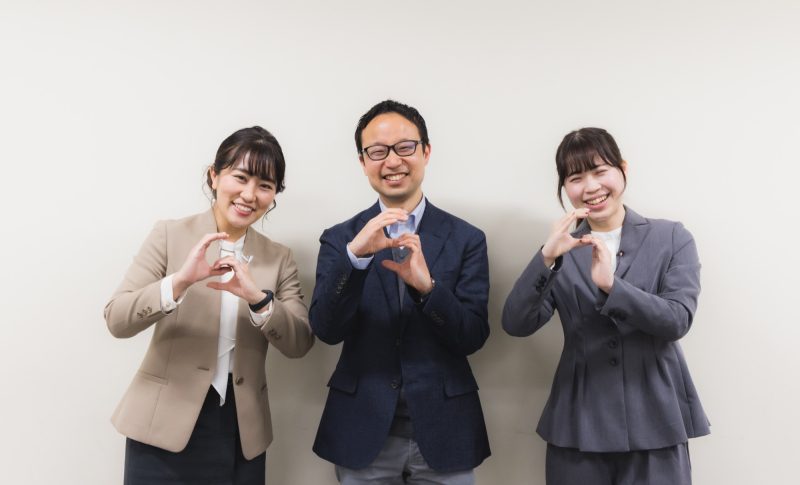Even after 5G, wireless communication speeds will not end, and communication services that were impossible until now will appear one after another.But behind the scenes, there was a big problem.We could see the limits of increasing the speed and capacity of the optical access network, which connects the huge amount of data received by the base station to the backbone network.Professor Tanemura of the University of Tokyo is trying to overcome this problem with a different type of device.What is the groundbreaking point?And what is the world of Beyond 5G that the teacher envisions?It seems that the teacher's personality was also a very fun interview.
●Person who answered
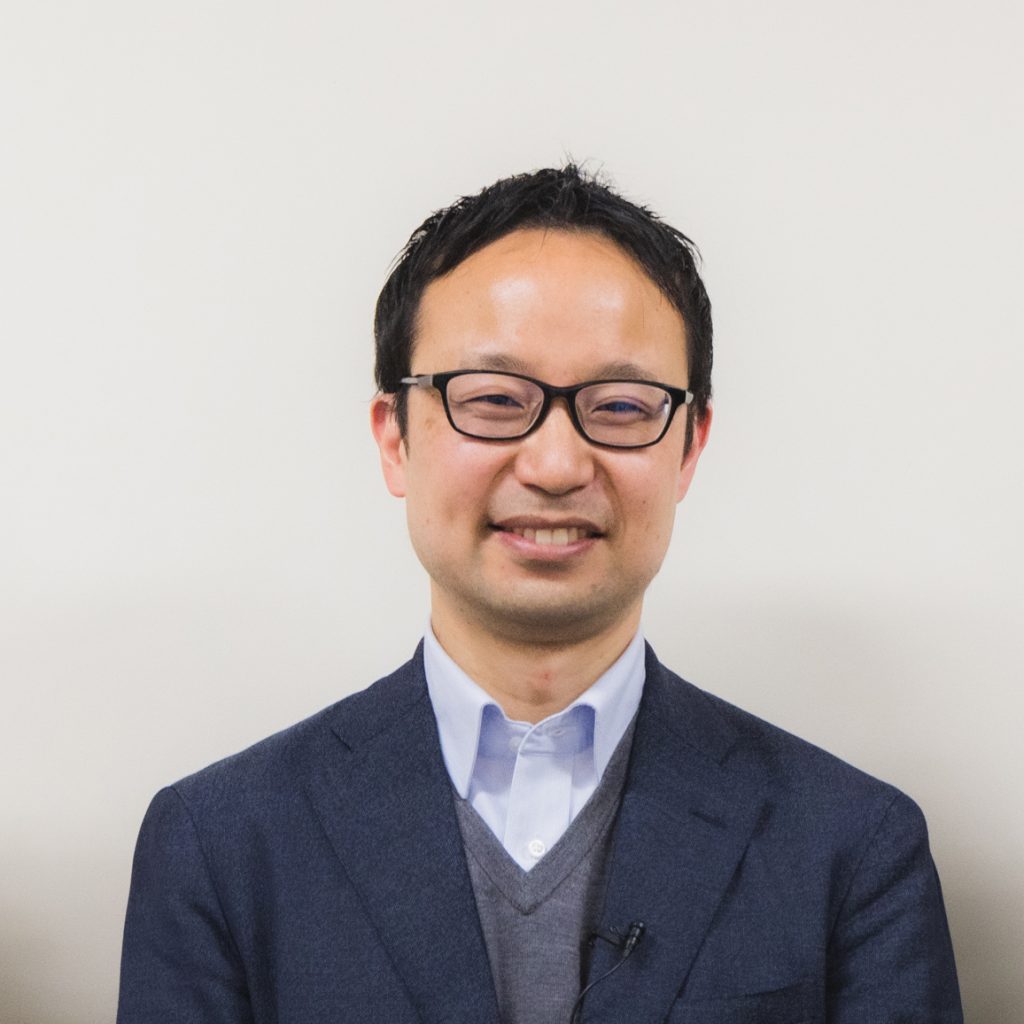
The University of Tokyo Graduate School of Engineering
Department of Electrical Engineering
Associate professor
Takuo Tanemura
-Interviewer: XNUMXG/IoT design girl
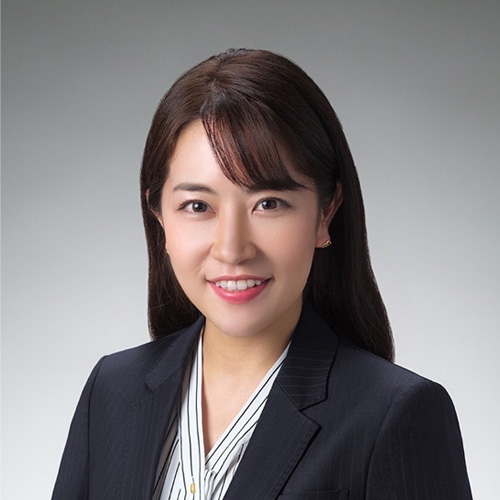
Sompo Light Vortex Inc.
Digital Health Division
senior business creator
Ms. Morika Sakuma
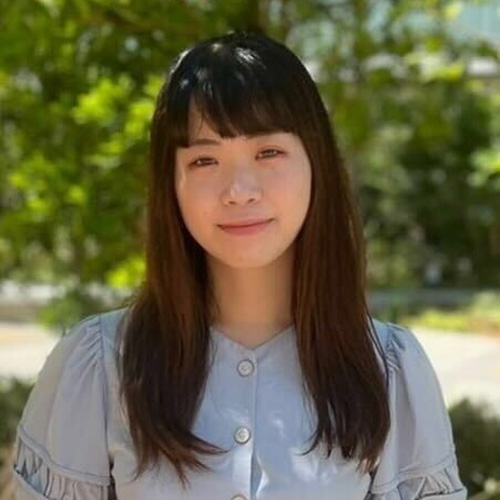
NEC
New Business Promotion Department
Vertical Service Development Division
Ayano Ito
Improving the wireless speed required your device research (Ito)
Sakuma: I heard that the success of your research at the National Institute of Information and Communications Technology is essential for the spread of Beyond 5G, so I rushed to see you this time. What kind of research are you doing?
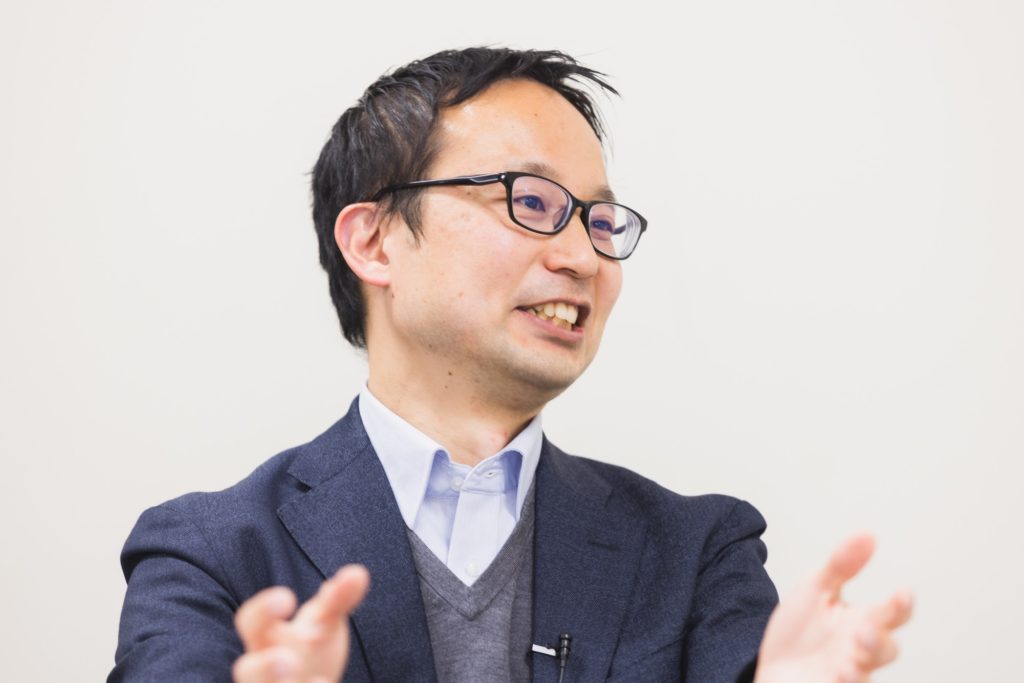
Tanemura: I am doing research on optical communication.
Beyond 2030G wireless service, the next generation of 5G, is expected to start around 5. Why research into optical communication is necessary for Beyond 5G, which is supposed to be a new wireless service? This is because optical fiber communication is used to connect numerous base stations that exchange data wirelessly with various terminals and backbone networks that connect cities and continents.
And this network called optical access network is facing a pinch.
Ito: It looks like it's going to hinder Beyond 5G!
Tanemura:that's right. Until 5G, the capacity of optical access networks was sufficient to receive and return wireless communication information data exchanged by base stations.
However, Beyond 5G will require a terabit-class broadband, and if this continues, it will likely not be possible to accommodate the information traffic exchanged wirelessly.
Sakuma: How did that happen?
Tanemura:Simply put, the speedup of wireless communication has outpaced the evolution of the speed of optical communication.
Wireless communication speeds continue to increase at a tremendous pace, about 40 times faster in 10 years, or about 10 times faster in 20 years.
On the other hand, the optical access network that accommodates it is also evolving at a sufficiently amazing pace, about 10 times in 10 years.In the past, light was sufficiently fast, so it wasn't a problem, but if we continue at this pace, the difference will gradually disappear after the spread of Beyond 5G.
Sakuma: In the face of such a difficult situation, what kind of solution are you trying to make, Dr. Tanemura?
Tanemura:By introducing the "coherent optical communication system", which is a method of sending more signals using the phase and polarization of light, to the optical access network, it is possible to efficiently transmit large amounts of data. needed the realization of an inexpensive coherent optical receiver.
I am developing this optical receiver.
Sakuma: “Inexpensive” seems to be the point.Is keeping costs so important?
Tanemura: Observe! (smile).The higher the speed of wireless communication, the shorter the propagation distance because it is necessary to use higher frequency radio waves.Therefore, base stations must be installed more densely than ever before.
If the optical receiver to be incorporated becomes expensive, it will hinder its widespread use.
I realized the idea I had in mind with the latest semiconductor process technology (Tanemura)
Ito:Is the optical receiver you are researching very different from the ones you have been working on so far?
Tanemura: Yes, the shape is quite different.Conventional coherent optical receivers used a method in which light was input from the edge of a semiconductor substrate and an electrical signal was output from the opposite edge.
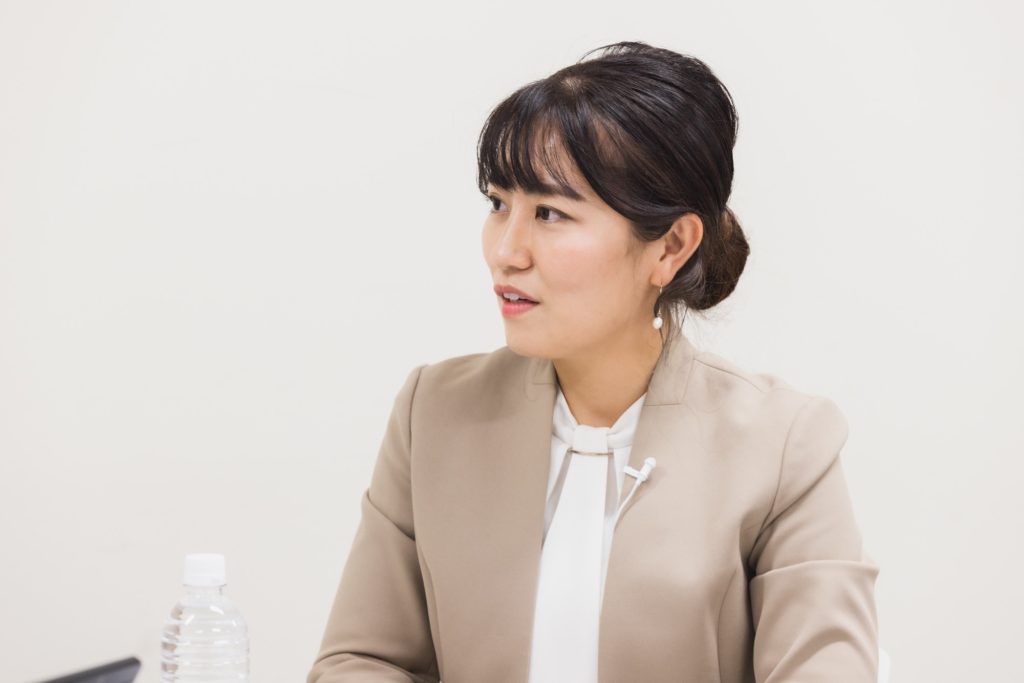
Sakuma: Tanmen!Sounds like a delicious name, but what is it?
Tanemura: Hahaha.You will be misunderstood.
The tanmen that we device researchers refer to is the thin part at the edge of the semiconductor substrate.
The optical signal was input from the end face until now, but the shape was changed to allow the light to enter perpendicularly to the surface of the substrate.Since the photodetector is only a few tens of micrometers square, if it is arranged on a two-dimensional surface, it is relatively easy to parallelize several tens to more than 10 channels. will be
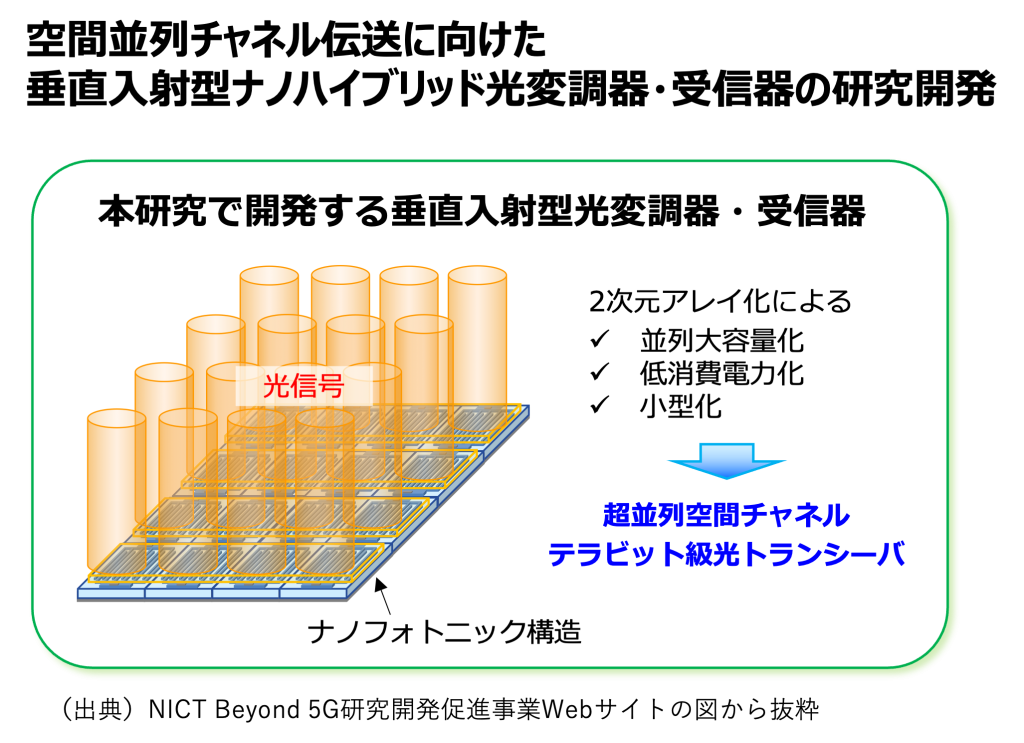
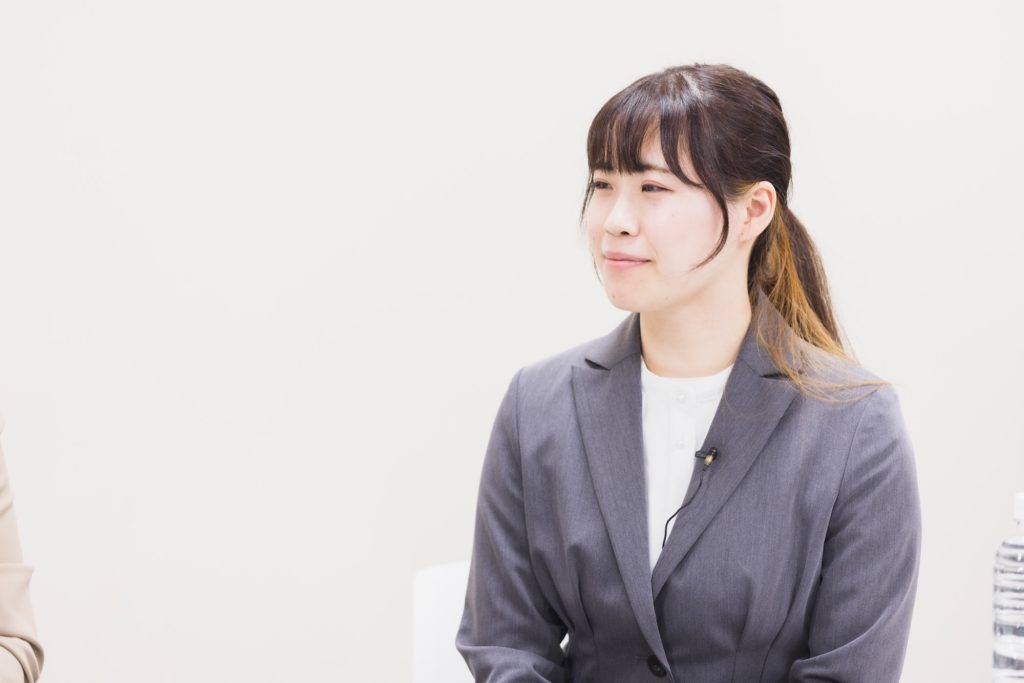
Ito: So you made a big leap from the edge like a one-dimensional line.When did you come up with the concept of normal incidence?
Tanemura:I have long thought that parallelization with multiple channels is the only way to realize a terabit-class optical receiver.If you want to line up a lot of channels, it is still reasonable to place them on the surface of the board.
Ito: So far, it's been difficult.
Tanemura: In the conventional edge-illuminated type, the process from interfering light to receiving and outputting an electrical signal could be performed by an optical waveguide with a certain length in the plane of the substrate. Interference and reception processing must be performed within a short distance.It was a very difficult challenge in principle.However, we were able to solve the problem by using nanoscale semiconductor process technology (manufacturing technology), which has been rapidly evolving recently.
What you're aiming for is a gentle world, isn't it? (Sakuma)
Ito: How will you proceed with your research in the future?
Tanemura: We have not yet reached our target efficiency.However, we are steadily approaching our goal by gradually overcoming challenges while struggling.
After that, we would like to provide an advanced optical access network platform at low cost to companies involved in Beyond 5G.
I expect that various new services and related technologies will develop on top of that.
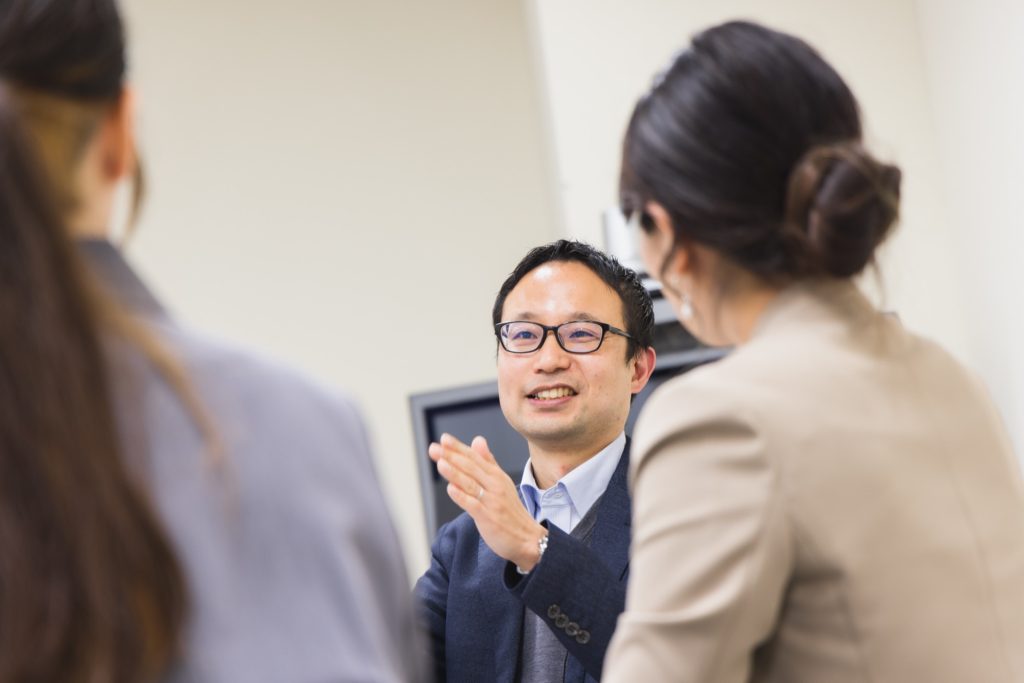
Ito: Beyond that, what do you think Beyond 5G will bring to the world?
Tanemura: There are CPS (Cyber-Physical System) that fuses cyber space and physical real world space, and Society 5.0 is a word with a similar meaning, but the world that was drawn as a near-future image is coming in earnest. I think.
Rather than the impersonal society imagined in some science fiction that ignores the real world, I believe that a world that is kind to people will come.
I imagine that I can help people who are struggling with some physical limitation in the real world today.For example, even if you live in a depopulated rural area, you can receive remote treatment using robots and ultra-high-speed communication with low latency, and you can enjoy the same work and learning as in the city center.ICT and robot support for people with disabilities should also advance.
In this way, the CPS that Beyond 5G attracts will remove physical constraints, creating equal situations and opportunities for everyone.
Sakuma: That's human-friendly technology that brings about a kinder world!
Tanemura: I believe that the world will become more transparent as the Beyond 5G spreads higher-speed, larger-capacity communication networks.
Today, the world is flooded with sad news, but if people from all walks of life in various countries can obtain information about events happening around the world, and if the feelings of people in various countries can be conveyed, empathy that transcends standpoints can be realized. and resonance spread.
I am devoting myself to my research every day, thinking that it would be great if I could contribute even a little to that.
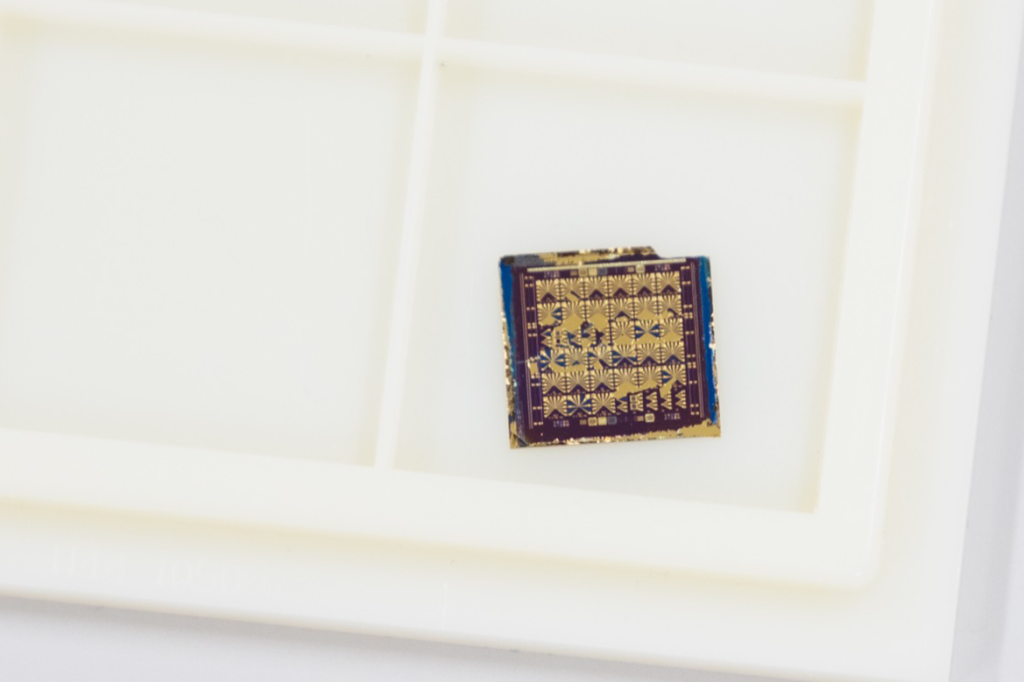

Sakuma and Ito: Your very important research was explained in an easy-to-understand manner, and my feelings for Beyond 5G became even stronger.Thank you for your time today.


